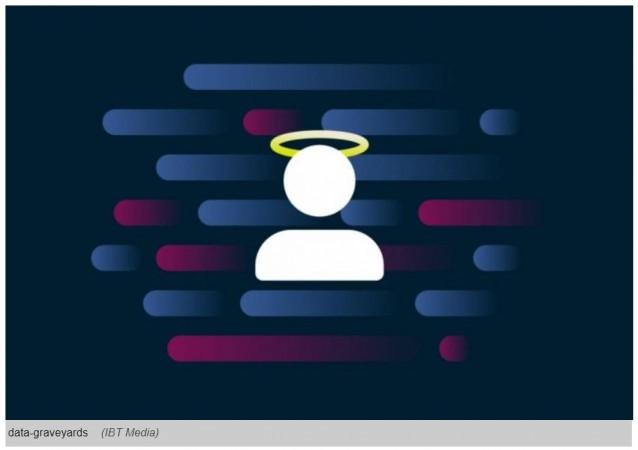The Rise of Digital Graveyards Is Much More Worrying Than You Think It Is

In this age of social media rife with new platforms that host entertaining content and ways to connect with people, do we even ask ourselves what happens to accounts that get abandoned or whose users finally pass away? The quick answer is that they continue to pile up online, with no means of knowing whether these accounts pass up technically as active and can remain online.
These accounts are called “digital legacy” accounts. While memorializing accounts is nothing but new, the sheer number of these accounts piling up in our digital spaces has given rise to a new phenomenon: digital graveyards. Worryingly, a new report from ExpressVPN highlights how there will be more inactive social media accounts in the next few decades than ever, taking up much-needed space for social media companies to handle active and inactive accounts.
How big of an issue is this, and what can we do to plan for archiving our accounts in the transition to being a digital legacy account? Let’s find out.
The True Scale of Digital Graveyards
Despite the latest data from Statista indicating that there are now 5.44 billion internet users worldwide–equivalent to 67.1% of the global population, one could not help but think how many of those users are real and how many of those have accounts that are still active. Such questions are the ultimate basis for learning more about digital graveyards in general.
The report from ExpressVPN noted that by 2100, the number of deceased social media users in the United States may reach almost double the nation’s population, with 659 million dead users surpassing the 366 million forecast population. In the UK, however, things are a little different as the data suggests that by 2100, the number of deceased social media users will equal the number of surviving users, totaling about 70 million. Nonetheless, despite having varied social media adoptions by population, these first–world countries will still see a significant increase in digital graveyards over time.
And not just big countries are set to see this trend roll out in the coming decades. The research notes that similar trends may also manifest in Germany and France, where the number of deceased users will surpass that of the living by 31 million and 38 million, respectively, in 2100. Moreover, the number of deceased social media users will exceed that of Italy, Spain, the Netherlands, and Portugal.
But why should we talk about this? Mainly because digital graveyards are costing social media companies more in terms of having servers and data centers that will handle the accounts for a much more extended period. These substantial operational costs to maintain the server also become an environmental burden as it wastes considerable electricity by ensuring accounts are still stored actively on the server.
More than the operational costs this may concur, digital graveyards can also affect the affected loved ones of the deceased users. In multiple ways, bad actors can create fake accounts derived from inactive accounts; the affected loved ones are prone to unresolved longing but also hugely affected by the added stress of these impostor accounts.
So, What Can We Do About It?
The question is, are you ready for these problems that digital graveyards will face in the future? As macabre as it may sound, consider how you want your social media accounts to remain as a low-cost digital scrapbook of your life and experiences from the various platforms on which your profile is active.
First off, members of Facebook have the choice of having their accounts memorialized or removed upon their death. Assigning a “legacy contact”—someone you will trust to manage the account after your death, although with restricted account capabilities—is one way to memorialize an account. Since Instagram is a part of Meta’s ecosystem, which also manages Facebook, this methodology applies to it.
While there isn’t a clear rule on deleting dormant accounts on TikTok, a deceased person’s account can be deleted if their parents or other family members can produce a death certificate to prove their passing. Even while X considers an account inactive if it has not received a login for more than 30 days, it still needs an active memorializing feature.
It’s interesting to note that Google and its affiliated services originally planned to “purge” accounts but then changed their minds and decided to allow accounts with YouTube videos to remain active or to require users to log in once every two years to confirm that the account is still active.
Entrusting someone to memorialize your online accounts is crucial in the present digital era because it ensures that your digital legacy is managed according to your choices and provides closure and remembrance for loved ones.
Discussing digital graveyards is vital because it raises awareness of the growing volume of digital content no longer in use, its potential security and privacy risks, and the need for digital estate planning. By addressing these issues and promoting a more thoughtful and organized approach to our digital lives, we can ensure that our online presence is managed responsibly and remains intact for future generations.
